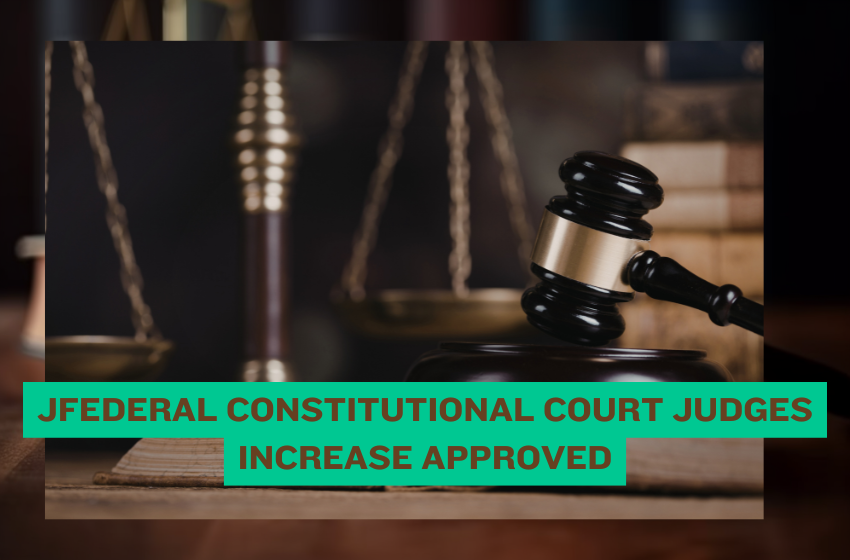Pakistan National Industrial Policy 2025 is awaiting IMF approval before its official launch. The government has presented the policy to the federal cabinet for approval. It identifies key barriers to industrial growth and proposes reforms to revive the manufacturing sector.
According to a Dawn report, the Finance Ministry directed the Ministry of Industries and Production to seek IMF approval for incentives included in the new policy. Officials expect a meeting between Pakistan’s team, led by Haroon Akhtar Khan, and IMF representatives later this month to discuss the financial impact of proposed incentives.
The policy aims to achieve $60 billion in exports, 6% GDP growth, and 8% annual manufacturing growth by 2030. It provides a clear roadmap to boost industrial competitiveness, create jobs, and expand exports.
Key Challenges
The Pakistan National Industrial Policy 2025 highlights several obstacles to industrial growth. These include macroeconomic instability, inconsistent policies, high industrial land costs, excessive regulations, and unreliable power supply. Limited access to long-term loans is another major issue.
Read Also: IMF Staff-Level Agreement with Pakistan Finalized
Local industries face high-interest rates and weak investor protection. Poor bankruptcy laws restrict banks from restructuring loans effectively. Unequal taxation also discourages industrial investment. Manufacturing bears a heavier tax burden compared to real estate, retail, and construction sectors, reducing profitability.
Manufacturers also struggle with foreign currency shortages, delaying imports of raw materials. Foreign investors often face problems repatriating profits, which negatively affects foreign direct investment (FDI).
The policy stresses that weak enforcement of quality standards limits exports. It recommends reforms in certification systems and highlights the underrepresentation of women in industrial sectors. It urges the inclusion of more female entrepreneurs and workers.
Financial and Structural Reforms
The policy proposes a transparent and predictable tax system aligned with IMF reforms. It calls for expanding the tax net and ensuring all sectors contribute taxes based on their share in GDP. It also suggests reducing the corporate income tax rate from 29% to the regional average of 26% to improve export competitiveness. The super tax will also be reviewed to ease the burden on industries.
A National Industrial Revival Commission (NIRC) is proposed to help struggling industries. It will oversee company rehabilitation and regulatory cooperation.
Read Also: Pakistan’s Recovery at Risk Without Bold Reforms: IIF
To strengthen intellectual property rights (IPR), the policy recommends joining the Patent Cooperation Treaty and enhancing the capacity of the Intellectual Property Organization of Pakistan (IPO) to combat counterfeiting and piracy.
The policy also suggests lowering high port charges at Karachi Port Trust (KPT) and Port Qasim Authority (PQA) to reduce export costs.
Officials believe that after approval, the policy will serve as a framework for industrial transformation. It aims to promote better governance, financial discipline, and a business-friendly environment for private investment.
However, the policy’s implementation depends on IMF’s approval, as Pakistan remains bound by its current economic stabilization program.
In conclusion, the Pakistan National Industrial Policy 2025 is a major step toward economic revival. With IMF approval, it could reshape Pakistan’s industrial landscape, create jobs, and boost exports.










